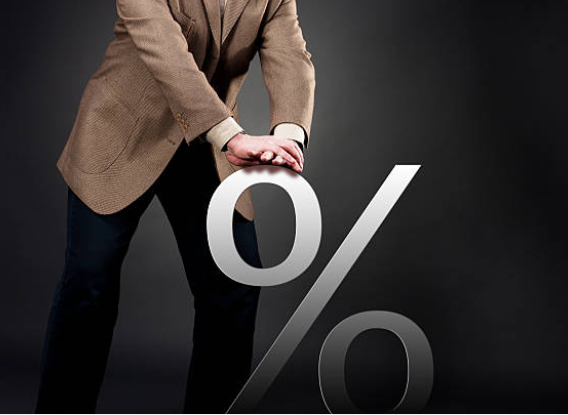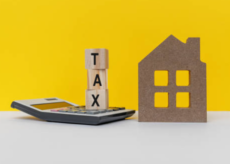Which is Better – Fixed or Variable Interest Rate?

When you apply for a loan you may feel lost when you don’t know what is better for you, whether to contract it with a fixed interest rate or a variable interest rate or a combination of both.
Breathe! Because, that’s what this article is for. It is advised to think about your financing needs, such as the amount of the loan, the term of the loan and your present and future income.
For example, at the beginning of the loan you may be charged a fixed rate and after a few years the rate may become variable. Which is the best option? Here are some of the advantages of fixed and variable rates.
Advantages of Fixed Interest Rate
The main advantage of the fixed interest rate is knowing it in advance and having the certainty that it will remain constant throughout the life of the loan, so most likely the payments will also be for a fixed amount. That is, the payments will not increase during the term of the loan.
For example, a full time employee who wants to celebrate 50th birthday by travelling abroad with family. So the person applied for a loan of $50,000 with the bank. And the financial institution agreed to give it because they took into consideration the applicant’s good credit history.
The payment plan has a fixed interest rate and consists of paying $1,500 every two weeks for 3 years. So, the borrower is sure that this amount will not change at any time, nor will it go up or down.
In addition, one of the greatest advantages of the fixed rate is that it is not subject to the fact that if interest rates in the market go up, the interest rate of the loan will also go up. So, the monthly or periodic payments will most likely remain static.
Advantages of Variable Interest Rate
However, there is no reason to demonize variable interest rates because they also have their advantages.
For example, in the same case of same borrower, who requested a loan of $50,000 with the bank. If the borrower had chosen variable interest rate, it would benefit if during one year the interest rates in the market go down.
Since the interest rate of the credit would also go down, so the monthly or periodic payments could be less than $1,500.
On the other hand, taking out a loan at a fixed rate that is high could cause the debtor to pay a high interest rate at some point during the life of the loan compared to what he/she could obtained a new loan.
In this case, however, the borrower would have the option of taking out the new loan at a lower interest rate and using that money to pay off the first loan.
Now that you know the differences between fixed and variable interest rates, do not put the noose around your neck and determine your financial capacity so that you can get the most out of your hard earned money.
Author Bio:
I am Nikesh Mehta, owner and writer of this site.

I’m an analytics and digital marketing professional and also love writing on finance and technology industry during my spare time. I’ve done online course in Financial Markets and Investment Strategy from Indian School of Business. I can be reached at [email protected] or LinkedIn profile.



